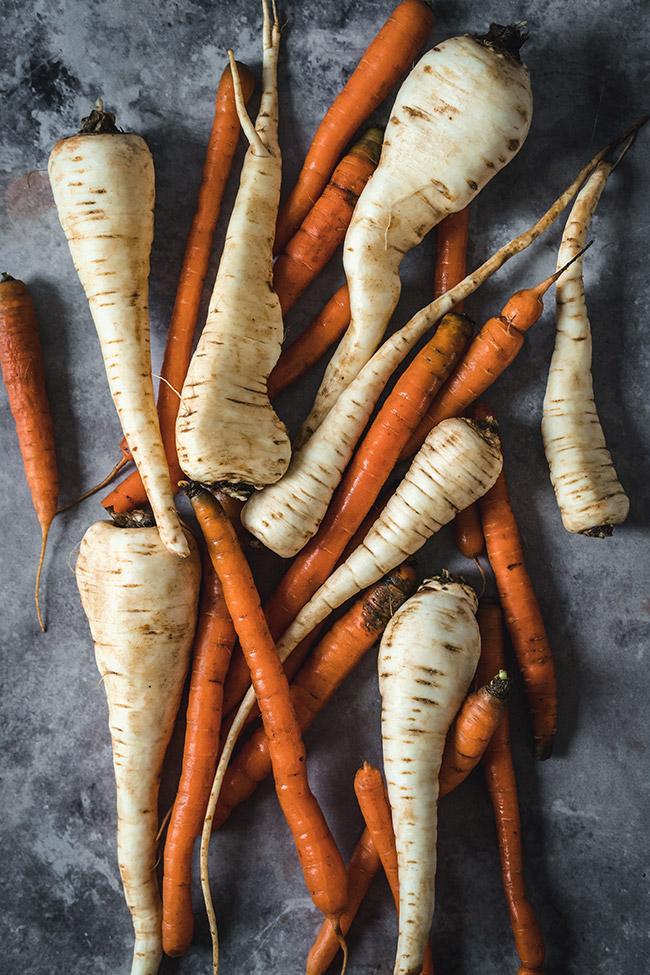

This means they were stored with too much moisture and are rotting.
BEST WAY TO COOK PARSNIPS FREE

Because while you can harvest them in the fall, and find them in the store all through the cold season, they are even better in the spring. I was sort of right since that’s when they stop growing.

I always thought of parsnips as being a fall vegetable. Please make sure to read more about this versatile root veggie and get tons of parsnip recipes ideas in my Guide To Parsnips. They can also be mashed or added to soups and stews.įurthermore, they make a great storing crop because they have low water content, so they are great all winter long. Roasting is a terrific way to prepare them because it brings out their natural sweetness and caramelizes their sugars. They are very sweet tasting and have a unique floral and nutty flavor with notes of hazelnut, pear, vanilla, and caramel. In appearance, they roughly resemble a white carrot with a fat top and pointy tip.

They will take about 45–60 minutes test with the point of a cutlery knife for tenderness.Parsnips are a root vegetable similar to carrots, from the Apiaceae family. Roast beetroot: Scrub 500 g beetroot well to remove grit, cut into wedges, then toss in oil and roast without blanching. Roast celeriac: Peel and cut 500 g celeriac into 4–5 cm chunks, cook in acidulated water (water to which a splash of vinegar or the juice of a lemon has been added) for 5 minutes, then proceed as for the roast parsnips. Season with plenty of salt and pepper before roasting. Parmesan and thyme crusted parsnips: Toss the blanched, drained parsnips in a mixture of 30 g grated Parmesan and ½ teaspoon chopped thyme. Honey roast parsnips: Drizzle 1 tablespoon clear honey over the parsnips when they have just started to brown, and turn them every 10 minutes or so until golden, to prevent the honey burning.Roast in the oven for about 30 minutes, or until crisp and golden, turning them occasionally as they roast, to ensure an even colour. When the oil is piping hot, remove the roasting tin from the oven and add the parsnips (they should sizzle).Drain well and allow them to steam-dry for a few minutes. Meanwhile, blanch the parsnips in boiling water for 5 minutes, or until they are beginning to soften.Put enough oil or fat (or a combination of the two) into a roasting tin large enough to hold the parsnips in a single, not tightly packed layer to give a depth of 2–3 mm.The easiest way to do this is to cut them across in half, then cut the thicker end into quarters and the thinner end lengthways in half again. Wash and peel the parsnips, then cut them into even-sized chunks.


 0 kommentar(er)
0 kommentar(er)
